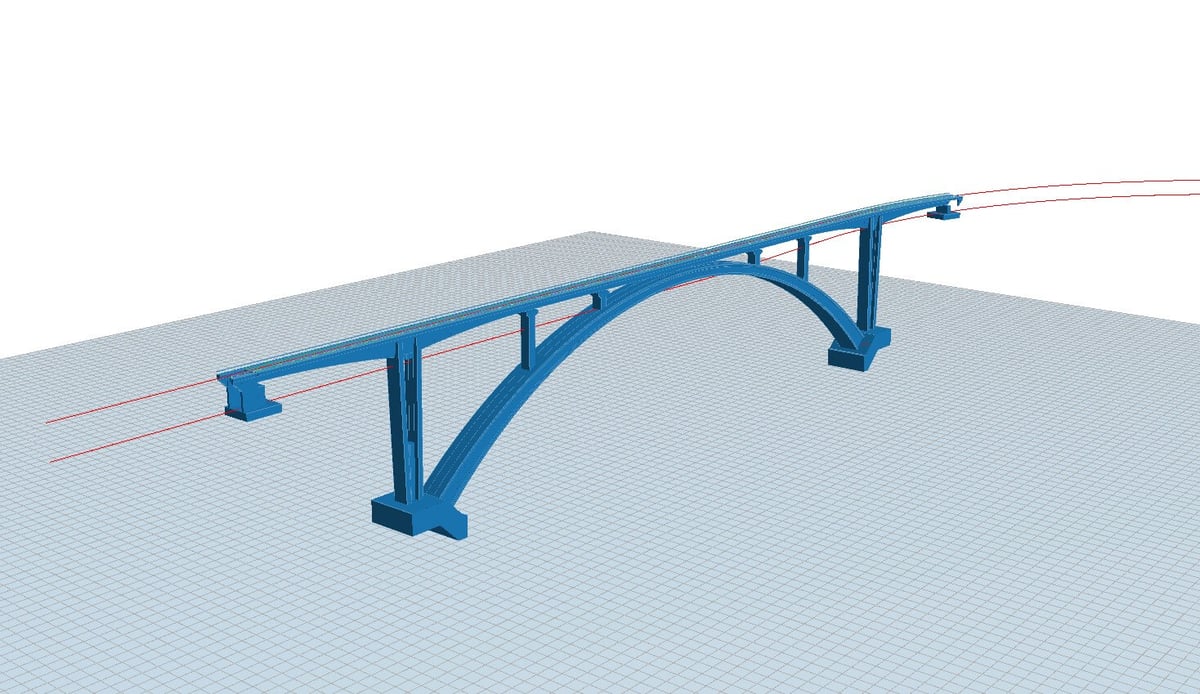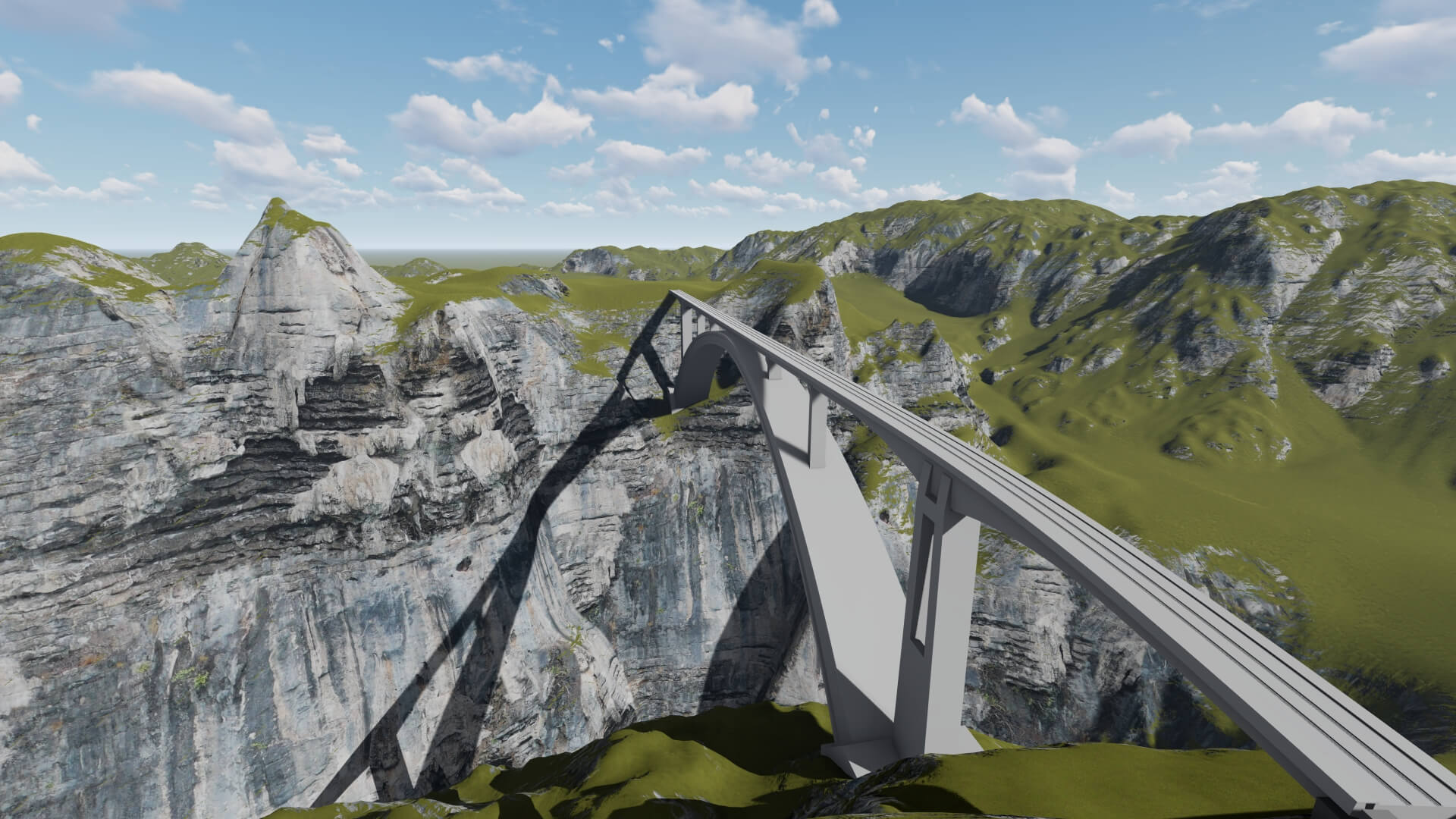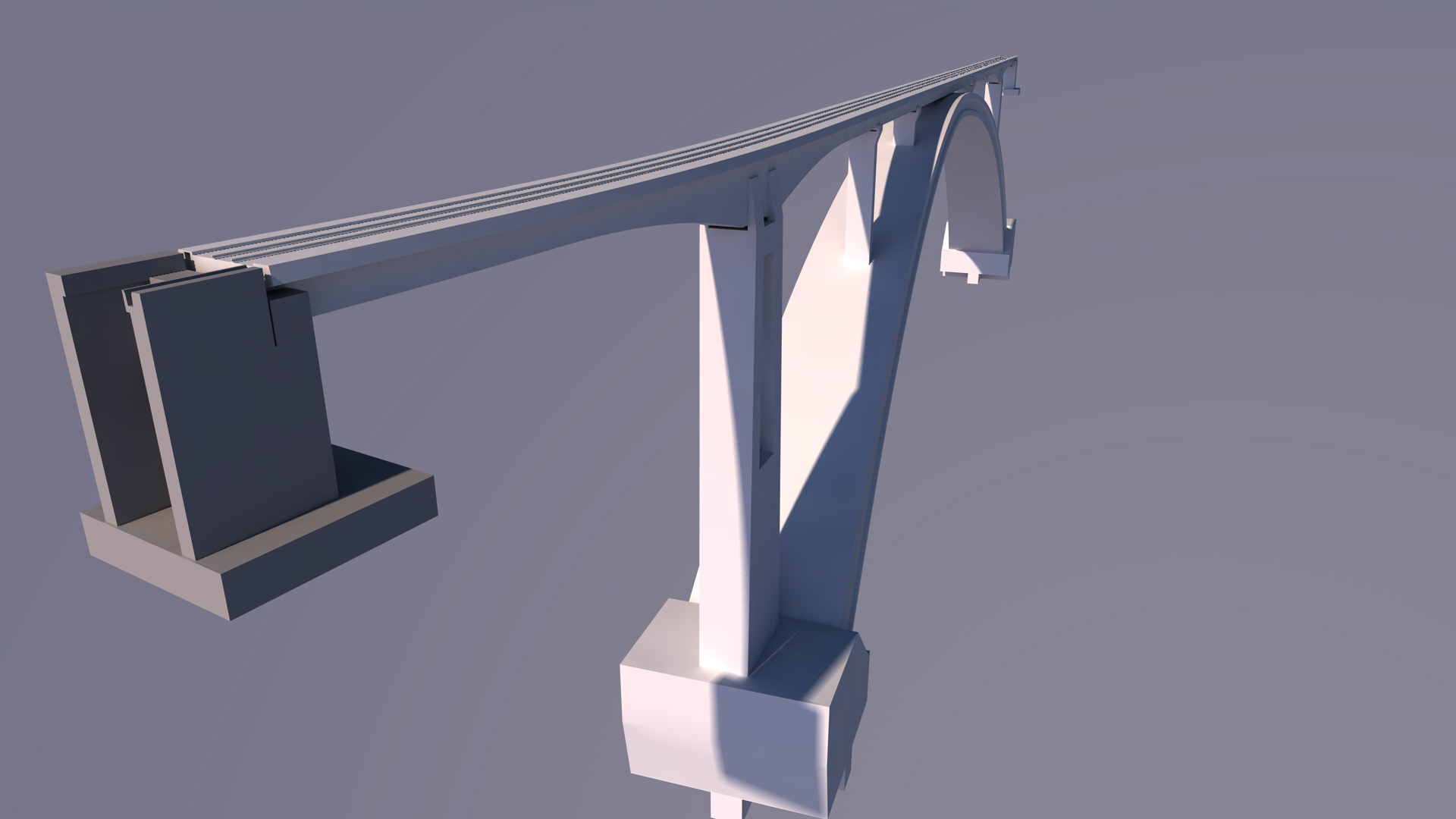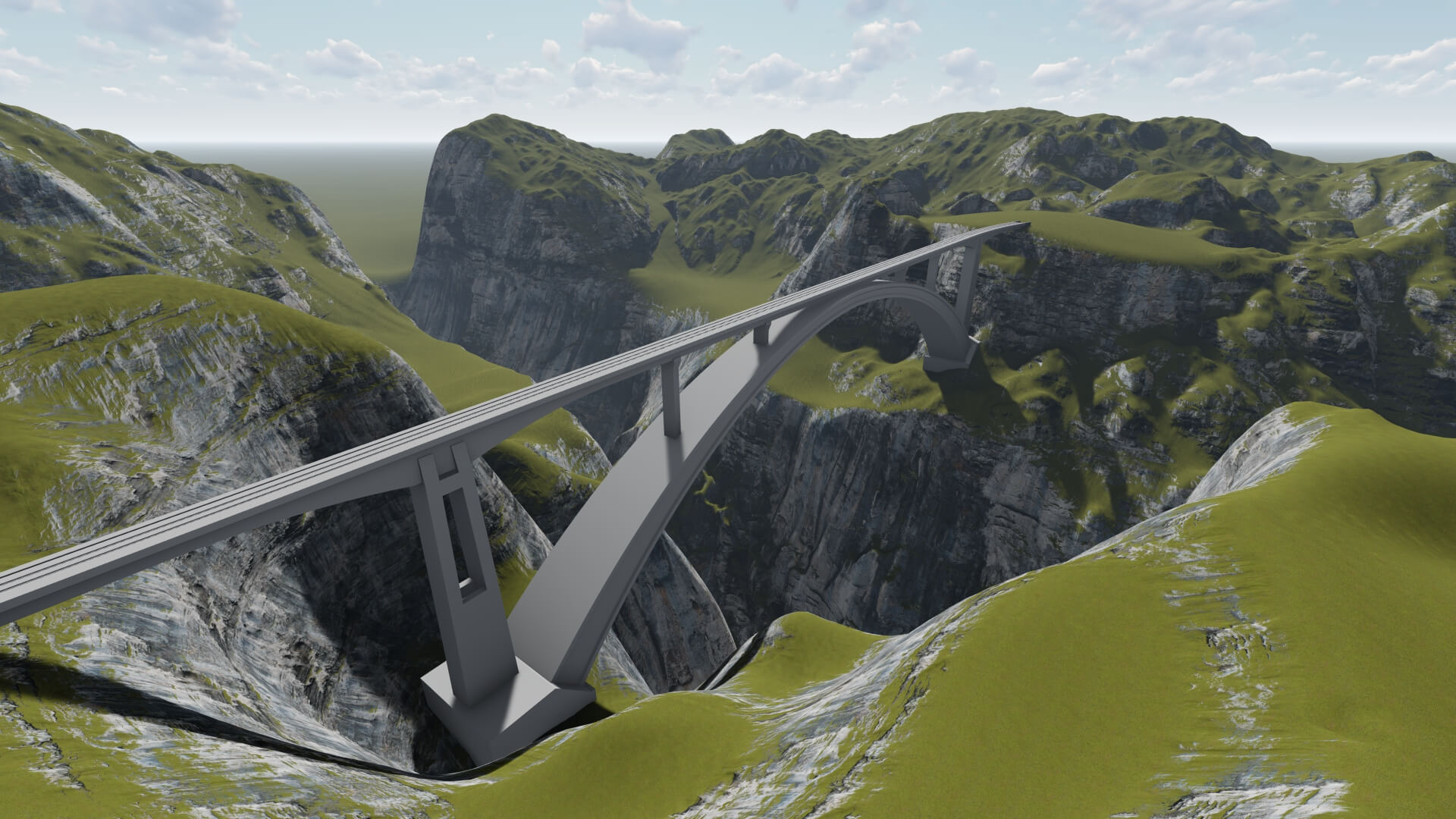
The Shusha Bridge Project: From Complexity to Clarity
Modern bridge design is a difficult field that requires more than just engineering knowledge to navigate; it also requires state-of-the-art solutions that improve data interoperability, facilitate collaboration, and streamline workflow. Allplan Bridge was a game-changing instrument that was essential to Yüksel Proje’s recent Shusha Bridge project in Azerbaijan being completed on time. This massive project faced many difficulties, such as complex geometries and strict alignment guidelines, but it also produced a bridge design that is both stunning and inventive. See how Yüksel Proje used process automation, visualizations, parametric modeling, and other techniques to create the stunning Shusha Bridge, which combines form and function, by continuing to read.
Accuracy with technology
The bridge is a feat of engineering as much as beauty, spanning a deep valley close to Shusha. A special arch bridge design was used in order to prevent tall piers in the valley. This architectural decision was visually spectacular, but it also came with a number of drawbacks, such as the requirement for precise geometric parameters and specialized building techniques. The partial import and export capability of Allplan Bridge was really helpful in this situation. Yüksel Proje was able to partially export and import data by using its TCL command language format, which eliminated unnecessary processes and prevented inaccuracies in the geometric model.


Making reinforcement modeling easy
The ability to model parametric reinforcement using Allplan Bridge was a noteworthy additional benefit. The engineers were able to construct custom objects and automate processes with PythonParts, which are objects generated with Python code coupled with ALLPLAN’s API. They were able to readily modify reinforcement objects to accommodate the different pier heights on the bridge thanks to the software.
Because it allowed for quick modifications to the reinforcement scheme in response to changes in the design or difficulties encountered during construction, this parametric approach proved very beneficial for the project’s complicated geometry. Any changes made to the structure were automatically reflected in the reinforcement elements because PythonParts linked directly to the geometric model, guaranteeing correctness and consistency in the BIM workflow.
A picture is worth 1,000 words
The use of visualization proved especially advantageous for this project, as it allowed for the real-time 3D rendering of intricate geometries, which made it easier for project stakeholders to communicate and make decisions. Allplan Bridge’s user-friendly interface and visual aids also assisted in validating design decisions at different stages, from conceptualization to final approval. The production of high-quality visual outputs guaranteed that team members, both technical and non-technical, could comprehend the nuances of the design, which expedited the approval processes and decreased the likelihood of expensive revisions.


Seamless sharing
Since contemporary building projects invariably require multidisciplinary cooperation between architects, engineers, and contractors, interoperability is one of the main tenets of these projects. In this case, Allplan Bridge’s features went beyond automation and modeling to include reliable solutions for interoperability and data interchange. Different disciplines were able to use the software of their choice because of the program’s compatibility with Industry Foundation Classes (IFC) features, which guaranteed that data could be transferred effortlessly across several software platforms and project stakeholders. This has both technological and financial benefits because it speeds up decision-making and ensures that project deadlines are met.
Moreover, the software allowed for the explicit assignment of IFC attributes, which made it easier to manage collaborative data. This implies that any modifications to the design, the materials, or the schedule might be communicated immediately, preventing bottlenecks and guaranteeing that everyone in the team is operating with the most up-to-date and correct information. The improved interoperability features improved the construction process’s efficiency and effectiveness by streamlining the workflow and reducing the likelihood of expensive mistakes or delays.
Conclusion
Yüksel Proje overcame the design and construction challenges of the Shusha Bridge project by utilizing Allplan Bridge’s multifaceted functions, all the while showcasing a progressive approach to BIM in bridge construction.
Consider moving forward with streamlining your design and construction processes if you’re looking for a reliable bridge design solution that provides accuracy and flexibility. Take our word for it, but downloada free 14-day trial of Allplan Bridge now to see the potential of the program for yourself.
Source: blog.allplan.com – From Complexity to Clarity: The Shusha Bridge Project
ALLPLAN is part of the Nemetschek Group.
-
Singapore: ALLPLAN Software Singapore PTE. LTD. |
4 Battery Road #25-01, Bank of China Building
49908 Singapore - customercare.singapore@allplan.com

